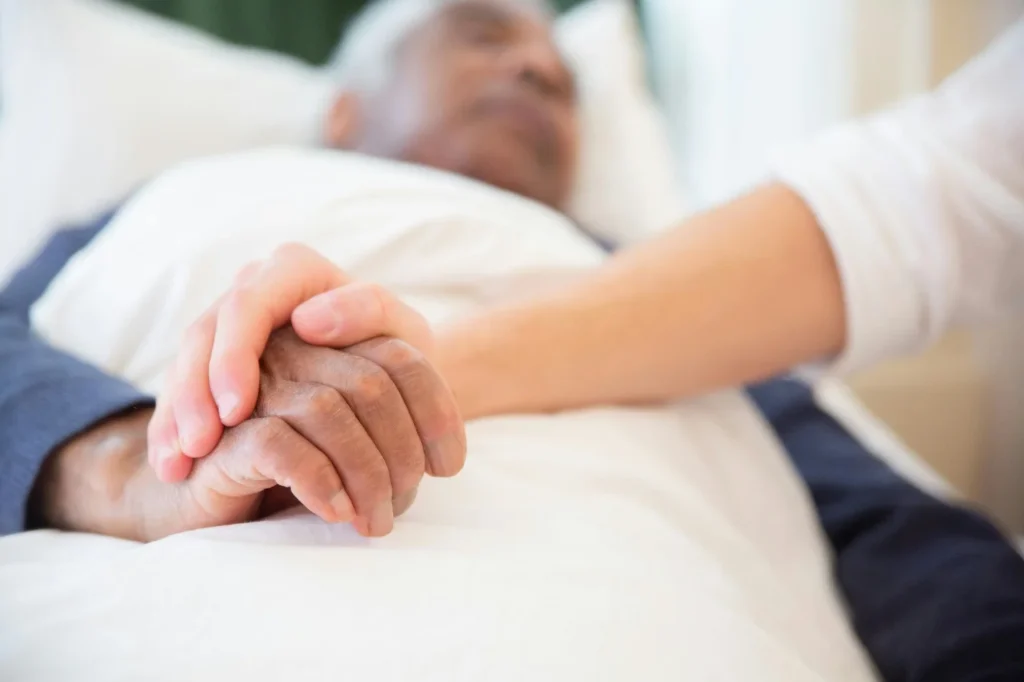When it comes to healing, whether from addiction, mental health issues, or emotional trauma, we often focus on internal work, therapy, medication, support groups, and self-reflection, which are all essential parts of the process, but there’s one piece that often gets overlooked: the environment where you heal matters just as much as how you heal.
Surroundings can influence everything from your mood to your motivation. The people, places, and atmosphere you’re exposed to daily have a direct impact on your progress and ability to maintain long-term wellness. In recent years, more people are beginning to understand that recovery isn’t just about what happens inside your mind. It’s about everything that happens around you.
That’s why many individuals are intentionally choosing where they recover. In places like Thailand, where the natural beauty alone promotes calm and mindfulness, healing becomes not just possible but deeply transformative. These settings allow people to disconnect from everyday stress and reconnect with themselves in a meaningful way.
Destination Recovery: The Power of a Healing Setting
The idea of traveling for recovery may seem unconventional, but more people are finding that a change of environment can be a powerful step toward change within. When you remove yourself from daily routines, familiar triggers, and stressful surroundings, you create space for clarity and renewal.
For example, many individuals are drawn to rehab centers in Thailand not only for their quality care but also for the serene, tropical surroundings that promote peace of mind and distance from everyday triggers. Think of waking up to ocean views, walking through tropical gardens, and practicing mindfulness in serene outdoor settings. It’s not about luxury. It’s about creating the right physical and emotional environment to support deep healing.
These programs combine evidence-based therapies with holistic practices like yoga, meditation, and fitness, all while being set in calming environments. The distance from home provides a psychological and emotional break, allowing individuals to focus fully on their recovery without daily distractions or familiar temptations. In Thailand, the cultural emphasis on balance, wellness, and respect for mental well-being further supports the process.
People often describe their experience at these centers as life-changing, not just because of the treatments offered but because the setting itself plays an active role in their recovery.
Nature and Recovery: More Than Just a Nice View
Nature does more than provide a beautiful backdrop. It plays an active role in the healing process. Research has consistently shown that exposure to natural environments reduces stress levels, lowers blood pressure, and improves mood. Something as simple as walking through greenery or listening to the ocean can trigger relaxation responses in the body.
For people in recovery, nature becomes a place of refuge. It’s a space where they can reflect, unplug from screens and pressures, and find mental clarity. That’s why many recovery programs incorporate outdoor activities, whether it’s hiking, gardening, or beach walks, as part of their routine. Nature grounds us and provides a sense of peace that supports emotional resilience.
The Role of Design: Spaces That Encourage Healing
The physical design of a space also has a huge impact on how people feel and recover. Clinical settings that feel cold or impersonal can create stress or resistance. In contrast, environments are designed with healing in mind. Think open spaces, natural lighting, warm colors, and comfortable furniture to encourage calm and safety.
Some rehab centers, hospitals, and therapy spaces are being redesigned to reflect this understanding. Healing-centered architecture now includes elements like meditation rooms, tranquil gardens, and spaces that support privacy and dignity. When individuals feel safe and supported by their surroundings, they’re more likely to engage in the work of recovery.
It isn’t about luxury. It’s about thoughtful design. A simple, well-lit room with soft textures and outdoor views can have a powerful effect on emotional well-being. It communicates that the space was created with care and that the person inside it matters.
Community, Connection, and Cultural Comfort
Recovery doesn’t happen in isolation. The people around you, whether they’re professionals, peers, or support staff, can make a major difference in your healing journey. A strong, supportive community provides accountability, encouragement, and a sense of belonging.
But it’s not just about having people nearby. It’s also about finding connection in shared experiences and feeling culturally understood. For some, recovering in a space that respects their background, values, and beliefs can create a sense of comfort that supports vulnerability and trust.
That is one reason why some individuals choose to recover in culturally rich environments. In places like Thailand, where traditions emphasize mindfulness, respect, and spiritual awareness, individuals often feel more emotionally supported. That cultural connection, paired with professional treatment, can deepen the healing process.
Escaping Triggers: Why Distance Can Help
For many people, the environment they’re trying to recover in is the same one that contributed to their struggles. Familiar streets, routines, and relationships can make it harder to break old habits or form new ones. Triggers can be subtle, like the route you used to take home or the people you used to hang out with.
Creating distance from those surroundings can be incredibly helpful. A change of scenery allows the brain to reset and rewire without constant reminders of past behaviors. It’s easier to form new patterns when you’re not battling old ones at every turn.
Traveling for recovery also sends a clear message: you’re taking your healing seriously. That symbolic separation can be empowering. It allows you to step into a new identity and mindset, one focused on health, growth, and long-term change.
Post-Recovery Environment: Carrying Healing Forward
The environment matters not just during recovery but after it, too. What you come home to can either support or stall your progress. That’s why part of any good recovery plan includes helping you create a sustainable, healing-focused space for life after treatment.
That might mean making small changes to your living space, like creating a calm area for reflection, removing reminders of past struggles, or building new daily routines that support wellness. It also means surrounding yourself with positive influences and staying connected to support systems, whether in person or virtually.
Some recovery programs even offer guidance on how to structure your post-treatment environment. They help you think ahead so that you don’t just recover but stay well.
Recovery is never just about fixing what’s broken. It’s about rebuilding, rediscovering, and reshaping your life in a way that supports long-term well-being. And the environment around you is a big part of that.
From peaceful landscapes and thoughtful architecture to supportive communities and intentional distance, your surroundings play an active role in how deeply and sustainably you heal. Whether it’s in a tropical destination abroad or a quiet corner of your own home, creating a space that nurtures your mind and body can make all the difference.
So, if you’re thinking about starting a healing journey, don’t just ask yourself what kind of treatment you need. Ask yourself where you want to begin again. The right place could be the most powerful part of your recovery.







